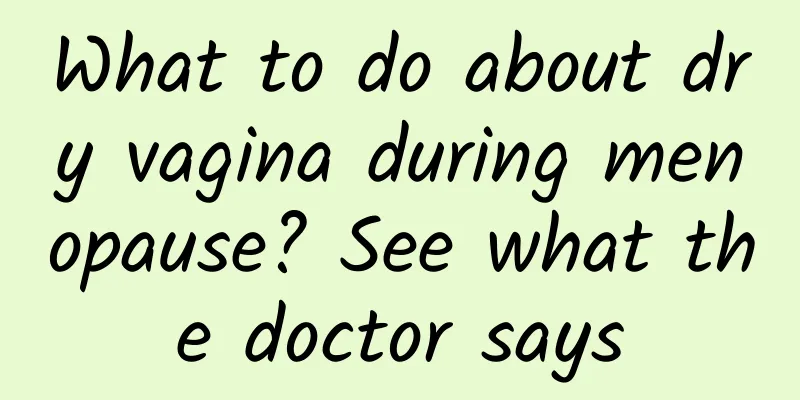What are the symptoms of functional uterine bleeding?

|
The main symptoms of functional uterine bleeding include irregular menstrual cycles, heavy menstrual flow or prolonged menstrual periods, which may be accompanied by anemia, fatigue, etc. Treatment requires medication, surgery or lifestyle adjustments depending on the cause. 1. The cause of functional uterine bleeding involves many factors. Genetic factors may lead to abnormal hormone levels and increase the risk of bleeding. Environmental factors such as stress and mood swings can affect the endocrine system and lead to menstrual disorders. Physiological factors include ovarian dysfunction, thyroid disease, etc., which affect the normal shedding of the endometrium. Trauma such as pelvic surgery or infection may also cause bleeding. Pathological factors include endometrial polyps, uterine fibroids and other diseases, which may develop into endometrial cancer in severe cases. 2. There are various treatments for functional uterine bleeding. Drug treatment often uses hormone therapy, such as oral contraceptives, progesterone, etc., to regulate the menstrual cycle. Traditional Chinese medicine conditioning, such as angelica and white peony root, can also help improve symptoms. Surgical treatment is suitable for severe cases, such as endometrial resection and uterine artery embolization. Lifestyle adjustments include maintaining a regular schedule, moderate exercise, a balanced diet, and avoiding excessive fatigue and mood swings. 3. The key to preventing functional uterine bleeding is to maintain a healthy lifestyle. Regular physical examinations can help detect potential diseases early. Eat more iron-rich foods, such as red meat and green leafy vegetables, to prevent anemia. Moderate exercise such as yoga and walking can help relieve stress and maintain endocrine balance. Avoid excessive weight loss and drug abuse, and keep your weight within a normal range. Symptoms of dysfunctional uterine bleeding vary, and treatment depends on the specific cause. Maintaining a healthy lifestyle and regular medical checkups are key to preventing and managing this disease. |
<<: What to do about amenorrhea symptoms caused by abortion surgery
>>: What are the causes and symptoms of cervical erosion?
Recommend
Can poor sexual life also lead to uterine fibroids? There are three ways to treat fibroids
Uterine fibroids have become a common gynecologic...
Reasons why women stop menstruating before 40
If a woman experiences amenorrhea before the age ...
Some common sense to pay attention to in regulating irregular menstruation
How to regulate irregular menstruation is a conce...
What should you pay attention to in order to completely cure candidal vaginitis?
Candidal vaginitis is a common gynecological infl...
Can hyperprolactinemia be completely cured?
Hyperprolactinemia is a type of female disease th...
Treatment of complications after abortion
Women may experience some complications after art...
Satiety is the key to weight loss! Eat these low-energy-density foods to slim your waist and lose weight
For those who want to lose weight, the most painf...
What are the causes of cervical hypertrophy
The causes of cervical hypertrophy mainly include...
How much does it cost to cure pelvic peritonitis?
Pelvic peritonitis is a common disease in women. ...
Listen to experts introduce the care of chronic pelvic inflammatory disease
Many people must know or understand the disease o...
When weight loss reaches a plateau! 2 Qi-boosting tea promotes metabolism and helps you lose weight faster
"I've been working out and controlling m...
What should I do if I have uterine fibroids during pregnancy? How to treat uterine fibroids during pregnancy
Uterine fibroids are a very common gynecological ...
The best way to eliminate edema! Female Chinese Medicine Practitioner's Private Slimming Tea
Are you prone to edema? Traditional Chinese medic...
What are the symptoms of uterine fibroids?
Symptoms of uterine fibroids include menstrual ab...
What medicine should pregnant women take for habitual miscarriage? Doctors recommend these
The reasons for habitual miscarriage in pregnant ...









